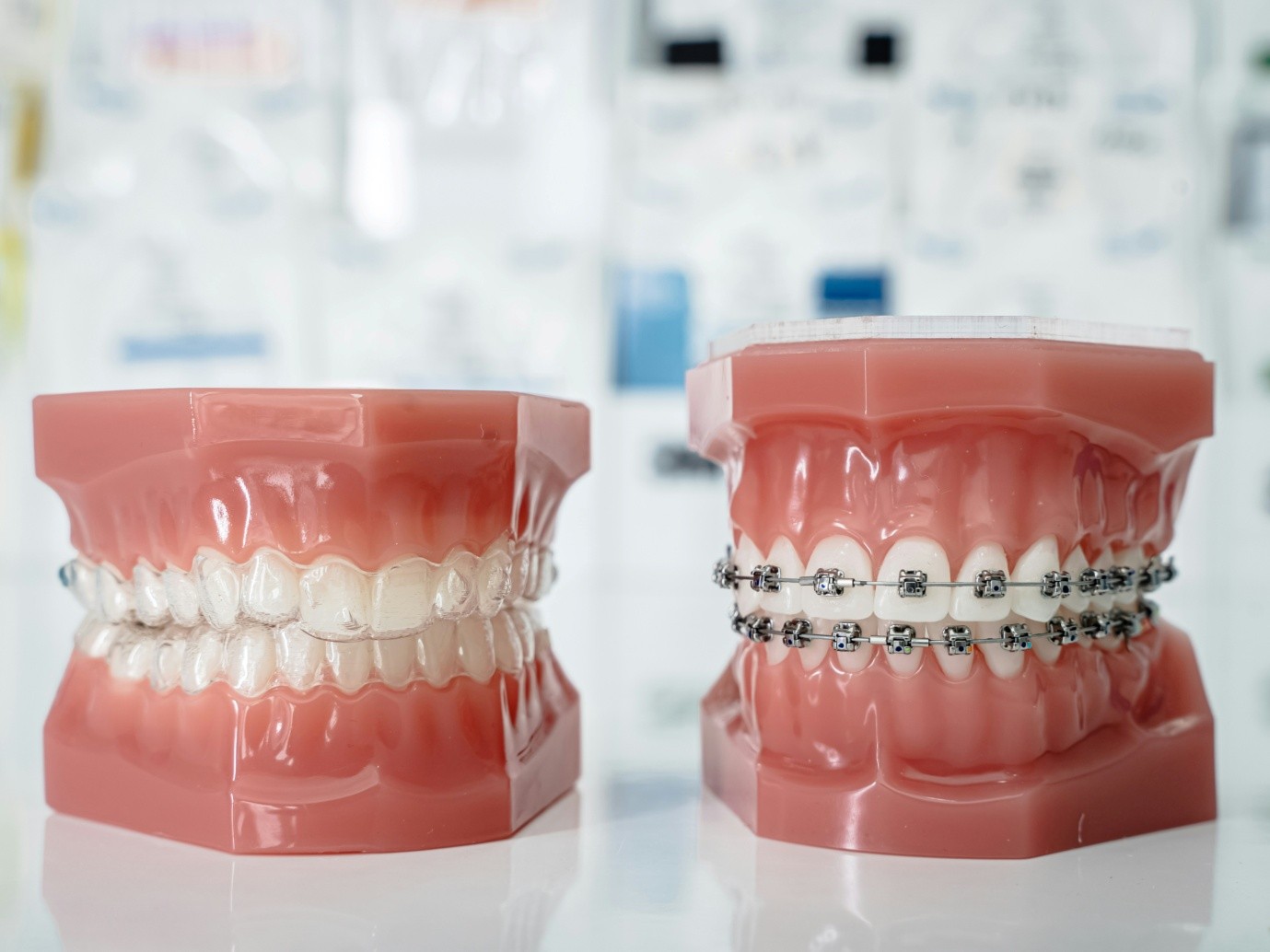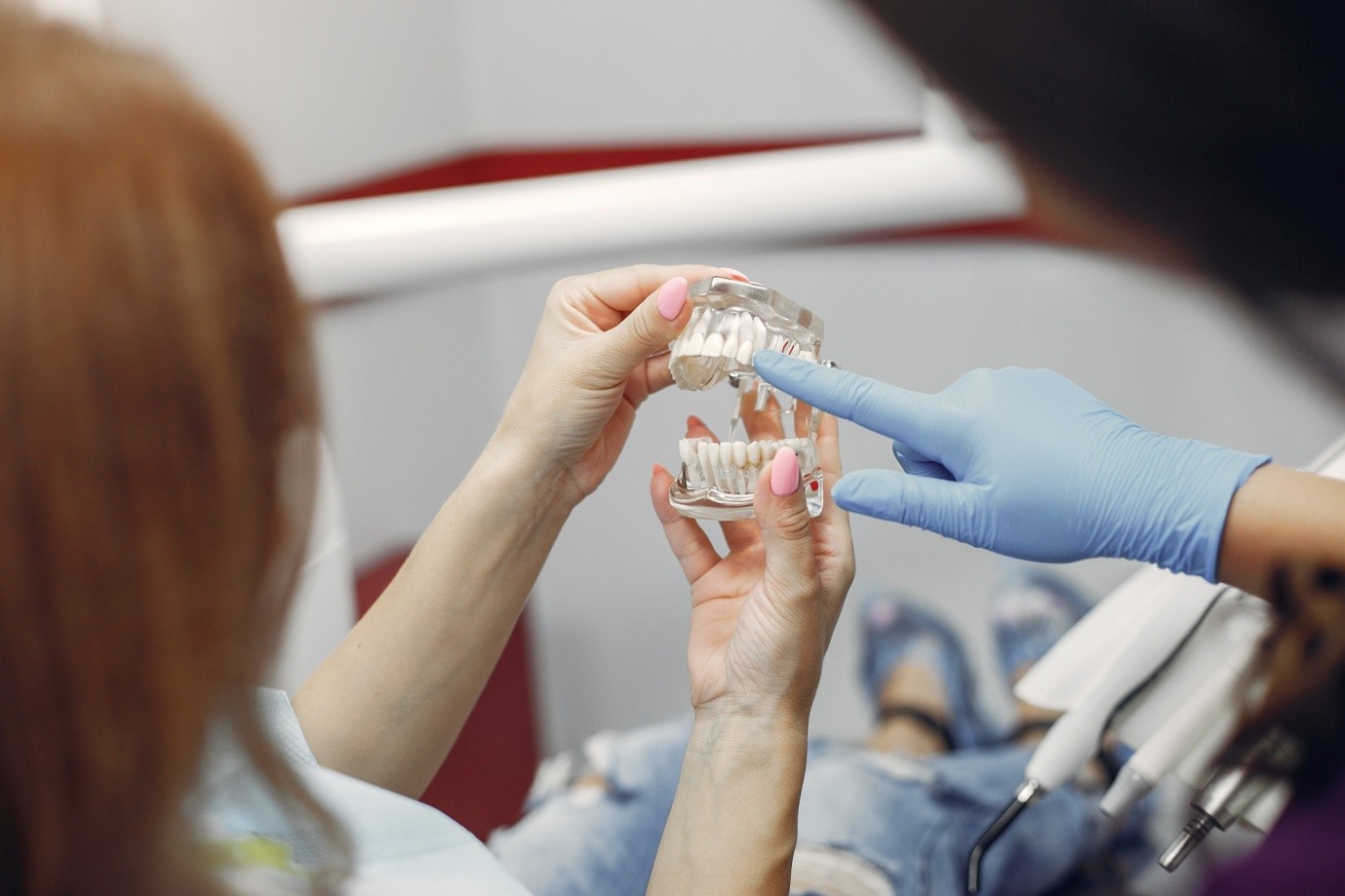The Different Types of Orthodontic Treatments Explained
A perfect smile isn’t just about looks—it’s a symbol of health, confidence, and harmony. But when teeth are misaligned, crowded, or spaced too far apart, it can affect your self-esteem, oral hygiene, and even the way you speak or chew. That’s where orthodontic treatment steps in.
Gone are the days when metal braces were your only option. Today’s orthodontic treatments offer something for everyone—from kids to adults, from bold smiles to nearly invisible solutions.
Let’s dive into the different types of orthodontic treatments, what they offer, and how to decide which one is right for you.


Why Orthodontic Treatment Matters
Before we explore the types, it’s worth understanding why orthodontic care is so important. It’s not just about straightening your teeth for cosmetic reasons. The benefits go much deeper:
- Improved bite and jaw alignment
- Easier brushing and flossing (better oral hygiene)
- Reduced risk of tooth decay and gum disease
- Prevention of abnormal wear on teeth
- Boosted confidence and self-image
Whether you're fixing overcrowding, overbites, crossbites, or simply want a straighter smile, orthodontics can dramatically improve your life.
Metal Braces: The Classic and Most Common Choice
When you think of braces, metal braces are probably what comes to mind. These traditional orthodontic devices use high-grade stainless steel brackets and wires to gradually move teeth into proper alignment.
How They Work:
Brackets are bonded to each tooth, and an archwire is threaded through them. Over time, gentle pressure from the wire shifts teeth into their correct positions. Your orthodontist will periodically tighten the wires to keep the treatment on track.
Who They’re Best For:
- Teens and children (very effective for developing mouths)
- Patients with complex misalignment or bite issues
- Anyone looking for a cost-effective option
Pros:
- Highly effective, especially for severe cases
- Durable and reliable
- Usually the most affordable option
Considerations:
- Visible on the teeth
- May cause initial discomfort
- Require extra attention when brushing
Ceramic Braces: A More Discreet Option
Ceramic braces work just like metal braces but use tooth-colored or clear brackets, making them less noticeable. The wires may also be white or frosted to blend in better with your teeth.
Who They’re Best For:
- Teens and adults who want the strength of traditional braces but with a subtler appearance
- Patients with moderate to complex alignment issues
Pros:
- Less visible than metal braces
- Strong and effective
- Suitable for most cases
Considerations:
- Slightly more fragile than metal brackets
- May stain if not properly cared for
- Typically more expensive than metal braces
Clear Aligners: Invisible and Removable
Clear aligners like Invisalign or ClearCorrect have revolutionized orthodontics. These custom-made, transparent plastic trays fit snugly over your teeth and gently move them over time. You receive a new set of aligners every couple of weeks to continue progressing toward your desired result.
Who They’re Best For:
- Adults and older teens seeking a discreet treatment
- People with mild to moderate alignment issues
- Patients committed to wearing aligners 20–22 hours a day
Pros:
- Nearly invisible
- Removable for eating, brushing, and special occasions
- No brackets or wires to irritate your mouth
Considerations:
- Not ideal for severe or complex cases
- Must be worn consistently to be effective
- Can be more expensive than braces
Lingual Braces: Hidden Behind Your Teeth
Want the strength of braces but don’t want them to show? Lingual braces are attached to the backside (tongue side) of your teeth, making them completely invisible from the front.
How They Work:
Just like traditional braces, but positioned behind your teeth. They require specialized training and are custom-fit for each individual.
Who They’re Best For:
- Adults and professionals who prioritize aesthetics
- People who need comprehensive correction without visible braces
Pros:
- Hidden from view
- Effective for most alignment and bite issues
Considerations:
- Can affect speech initially
- More difficult to clean
- Typically cost more than traditional braces
Self-Ligating Braces: A High-Tech Twist
These braces look similar to metal or ceramic ones, but instead of elastic bands holding the wire, self-ligating braces use a special clip or door mechanism. This reduces friction and allows for faster, more comfortable tooth movement.
Who They’re Best For:
- Patients wanting shorter appointment times
- Those who may benefit from less pressure on teeth
Pros:
- Easier to clean than traditional braces
- Fewer office visits needed
- May shorten treatment time
Considerations:
- Still visible (unless using clear brackets)
- Cost varies depending on design and brand
Retainers: Maintaining Your Perfect Smile
Orthodontic treatment doesn’t stop when your braces come off. To prevent teeth from shifting back, you’ll need a retainer to maintain your new alignment.
Types of Retainers:
- Removable Retainers (like Hawley or clear Essix retainers): Worn at night, easy to clean
- Fixed Retainers: A thin wire bonded behind your front teeth, invisible and always working
Who They’re Best For:
- Everyone who’s completed orthodontic treatment!
- People prone to teeth shifting (which is basically everyone)
Why They Matter:
You’ve worked hard to get that perfect smile—retainers are the key to keeping it. Skipping them can undo all your progress.
How to Choose the Right Orthodontic Treatment for You
Your choice depends on a few personal and clinical factors:
Your Lifestyle
Busy professionals and image-conscious teens may prefer clear aligners or lingual braces, while others are fine with visible options.
Your Dental Needs
The severity of your misalignment or bite issue will influence what’s effective. Some complex cases can only be corrected with traditional braces.
Your Budget
Costs vary widely. Metal braces are often the most affordable, while invisible options like aligners and lingual braces are more costly.
Your Commitment
Are you disciplined enough to wear aligners 22 hours a day? If not, fixed options might be better.
Your Dentist or Orthodontist’s Advice
An experienced professional will help guide you to the best treatment based on your goals and oral condition.
Caring for Your Teeth During Orthodontic Treatment
No matter which treatment you choose, oral hygiene is critical during the process. Straightening teeth is amazing, but it won’t mean much if your smile is plagued by cavities or gum disease.
- Brush twice a day, and floss daily using orthodontic tools or water flossers.
- Avoid sticky or hard foods that can damage appliances.
- Attend all follow-up appointments and adjustments.
- Healthy habits = faster, better results!
How Long Does Orthodontic Treatment Take?
Treatment time varies depending on your dental needs and the method used:
- Mild cases: 6 to 12 months
- Moderate cases: 12 to 24 months
- Severe cases: 24+ months
Your orthodontist will provide a customized timeline after a full evaluation. Remember: consistency, care, and attending all appointments will keep you on schedule.
Final Thoughts: Your Smile, Your Choice
Orthodontic treatment is more than just braces—it’s a pathway to better health, comfort, and confidence. With so many options available, from metal brackets to invisible aligners, there’s a perfect solution for every lifestyle and smile goal.
Whether you're an adult finally tackling long-held insecurities, or a parent exploring options for your child, investing in orthodontics is a choice that pays off for life.

